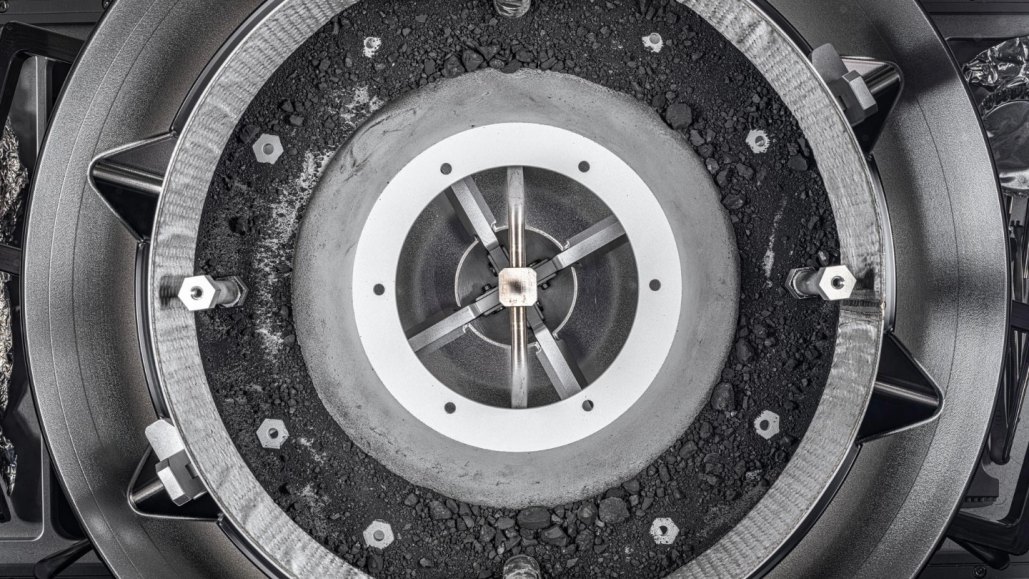NASA's OSIRIS-Rex Successful in Collecting Over 120 Grams of Space Rocks from Asteroid Bennu

The confirmation from NASA has now made it official that four years ago, the OSIRIS-Rex spacecraft of the agency collected 121.6 grams of untouched space rocks by intercepting the asteroid Bennu. This amount is more than double the science goal of the mission.
OSIRIS-Rex is NASA's maiden mission, launched in 2016, to gather samples from an asteroid and deliver them back to Earth. This is done in pursuit of understanding the beginnings of our solar system. After its successful grab-and-go operation from Bennu, a diamond-shaped asteroid, the spacecraft made a drop into the earth's atmosphere last year. Immediately after, it was transported to the Johnson Space Center in Houston, specially designed for sample curation. The sample was placed in an airtight glovebox at the facility to prevent contamination by earthly matter.
Analyzing the complete sample experienced a delay due to a few stuck screws. These screws were barring access to the entire content of the capsule. However, ingenuity led to a solution on January 10 that made the full sample accessible. Now plans are in place to distribute the sample worldwide among scientists for their examination studies.
In a talk with Science News, Harold Connolly of Rowan University in Glassboro, N.J., shed light on how the canister was finally opened. Connolly, who is a geologist and takes care of the examination of Bennu material, also discussed what we expect to learn from the sample. The discussion was edited for its clarity and length.
Connolly shared that when they retrieved the OSIRIS-Rex canister, they first managed to collect some sample from the outer dust of the canister. Further, he mentioned that they faced problems due to the inability to fully open the main sample container. They were dealing with some fasteners or screws that had fastened the container and out of them, two couldn't be loosened enough. Ultimately, the team could extract the sample by gently pushing down the mylar flap and scooping it out. The team was successful in taking out 70 grams of the sample from inside the TAGSAM (Touch-and-Go-Sample-Acquisition-Mechanism) head.
However, to extract the remaining sample, the team designed a fresh ratchet wrench screwdriver. Connolly shared that the sample thus far is a serpentinite, an altered rock resulting when the original rocky substance interacts with water. This original substance was probably rich in several minerals, such as olivine and pyroxene, quite common in Earth.
He further shared that the Bennu's configuration is quite different from what it initially was. He said that earlier, the elements that formed Bennu were likely parts of a considerably larger object. This could have possibly occurred soon after the solar system was created, about 4.5 billion years ago. According to Connolly, these findings have to be confirmed by the sample.
In conclusion, he mentioned a number of questions that remain to be answered. These questions revolve around the transformation that transpired in the original parent body, Bennu's history, the processes it experienced through its interaction with the sun or cosmic rays, etc. As of now, Connolly advises staying tuned for the answers to these questions.




